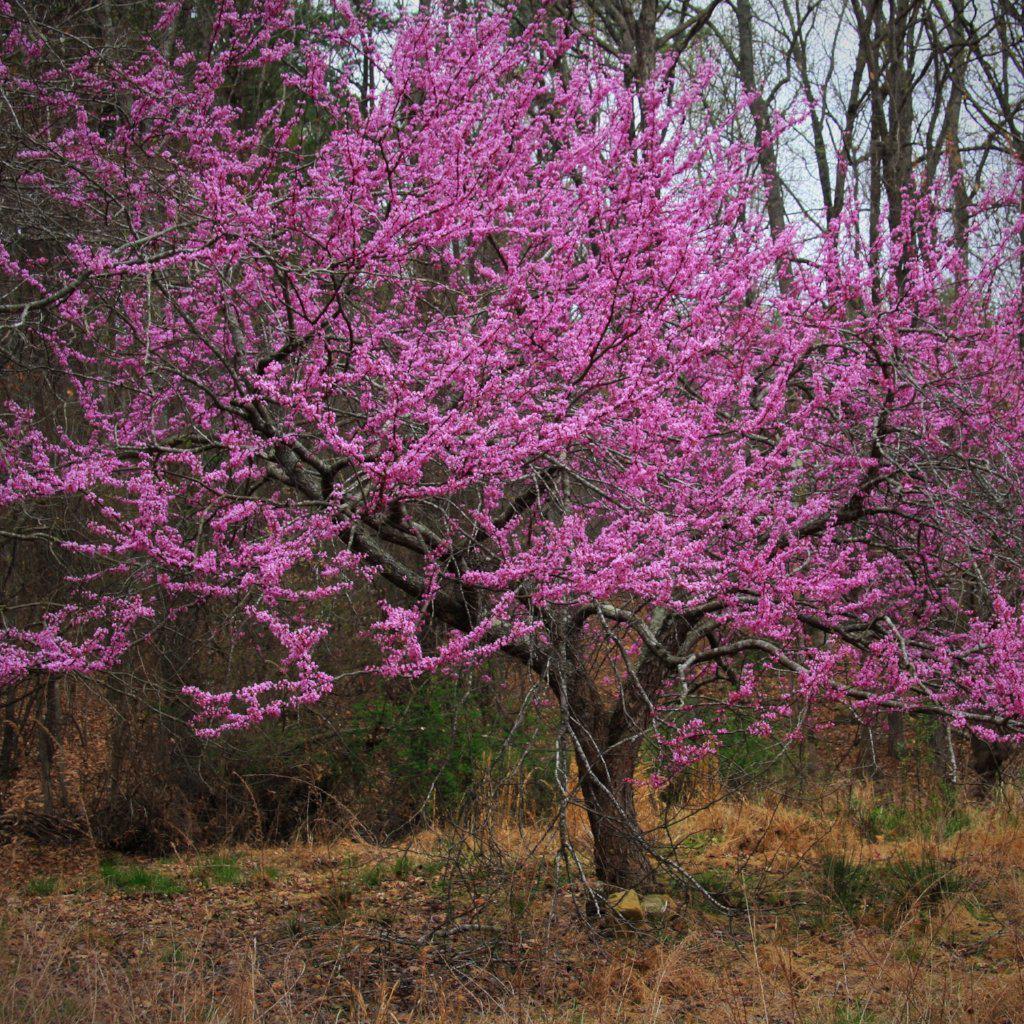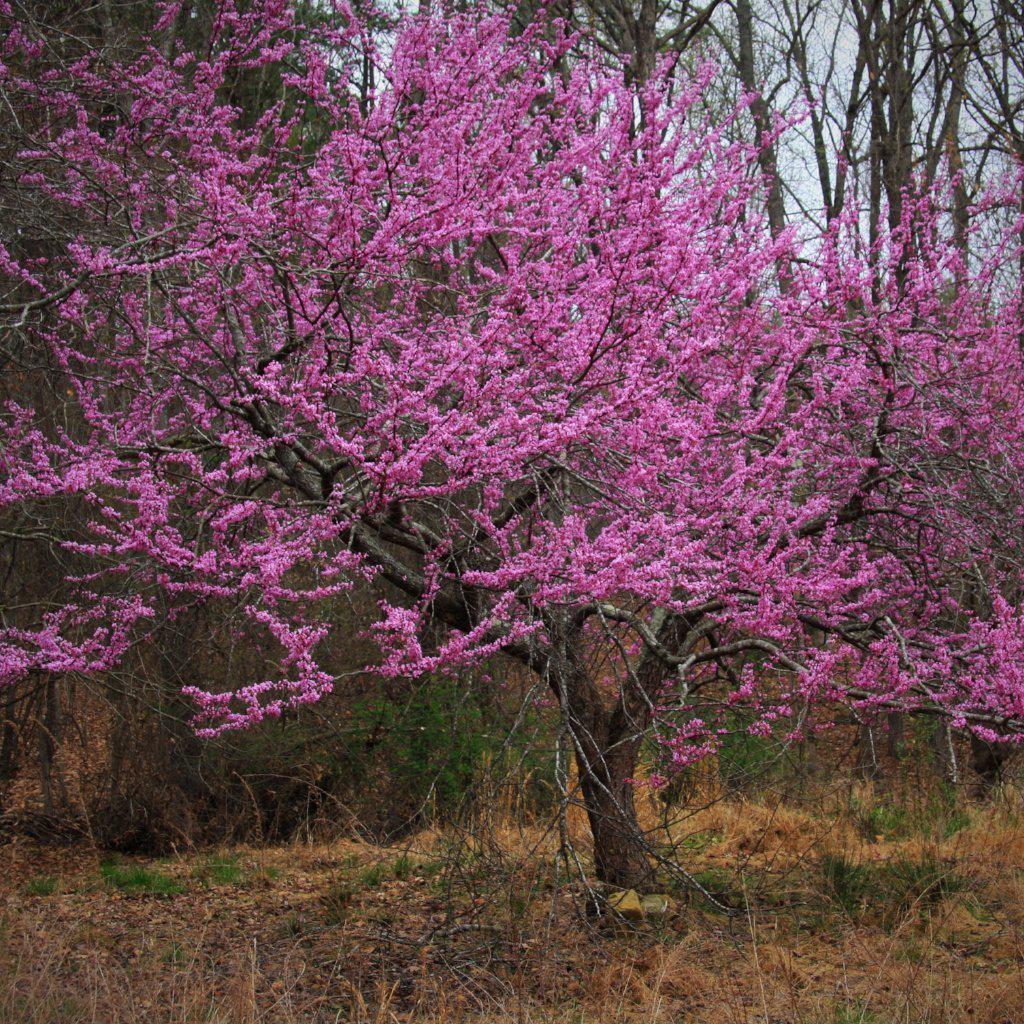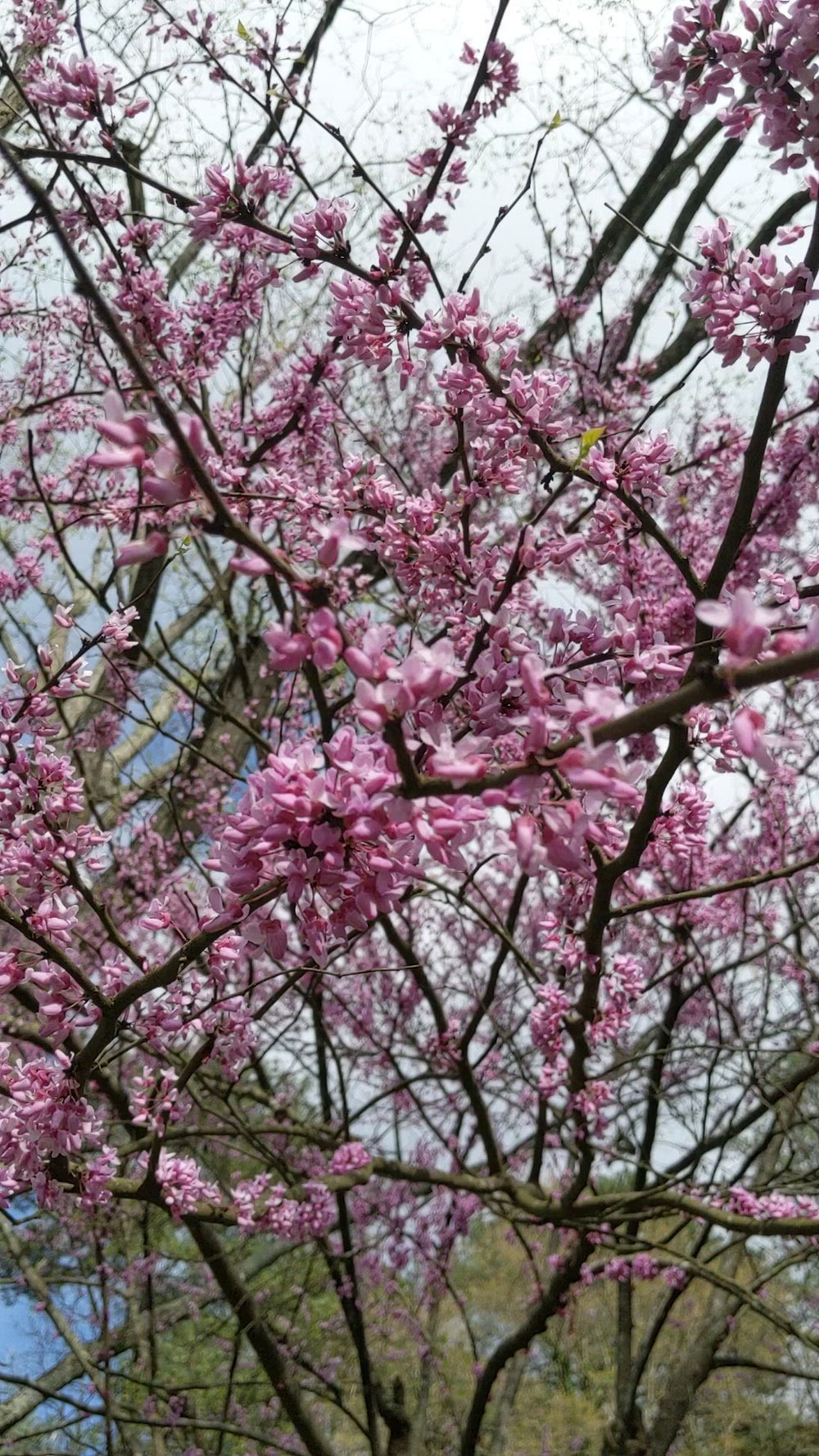The Eastern Redbud typically grows to a height of 20 to 30 feet with a spread of 25 to 35 feet. It has a rounded to vase-shaped canopy and develops a multi-stemmed trunk. The heart-shaped leaves are medium green in color and turn yellow in the fall, adding a touch of autumn beauty to the landscape.
One of the most captivating features of the Eastern Redbud is its profusion of flowers. Clusters of small, pea-like flowers cover the branches in early spring, creating a breathtaking display. These flowers are not only visually appealing but also attract pollinators like bees and butterflies.
This Redbud variety thrives in full sun to partial shade and prefers well-drained soil. It is relatively low-maintenance and adapts well to various soil types. Regular watering during dry periods is beneficial, especially when the tree is young and establishing its root system.
|
Type: |
|
|
Origins: |
Eastern N. America; GA Native |
|
Height: |
20’ - 30’ |
|
Spread: |
25’ - 35’ |
|
Spacing: |
30’ |
|
USDA Hardiness Zone: |
5 - 9 |
|
Culture: |
|
|
Bloom Color: |
Purple |
|
Season of Interest: |
MAINTENANCE NEEDS: Low maintenance. Canker can be a significant disease problem. Various diseases and pests and be prevented with regular watering and pruning of dead branches. Does not transplant well, plant when young and leave undisturbed.
LANDSCAPE USES: Specimen or mass plantings, Borders, Naturalized Areas, Woodland Garden, Wildlife Gardens, Screening, Shade Tree, and Street Tree.
COMPANION PLANTS: Mahonia, Hydrangea, Witch Hazel
IMAGE: Dcrjsr, Cercis canadensis redbud tree bloom, CC BY 3.0
*As plants have ranges in appearance they may not appear as the images shown.

























































